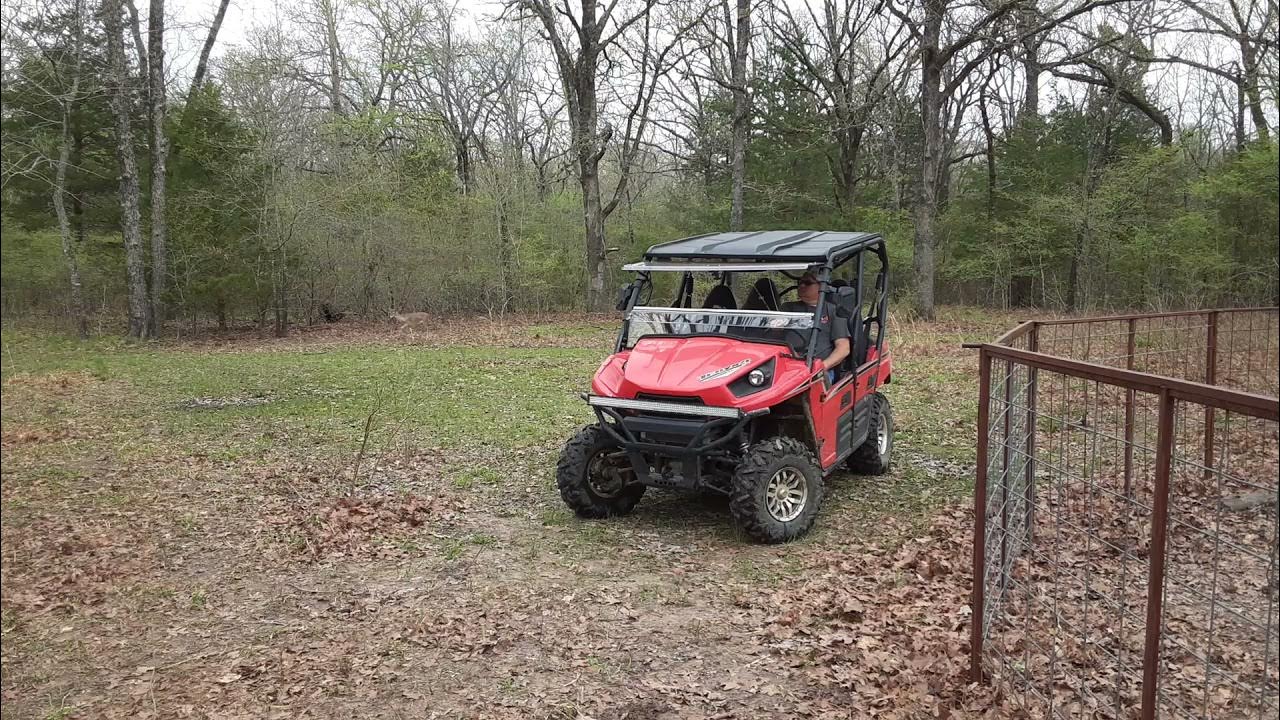Captcurt
Member
Back when I worked maintenance second shift I would see 4 or 5 times as many deer on the road during a full moon than I would during a new moon. It was a 45 minute drive and I drove home at midnight. I have also noticed that I see more deer movement midday when the moon is full. My last 2 good bucks were shot around noon.


